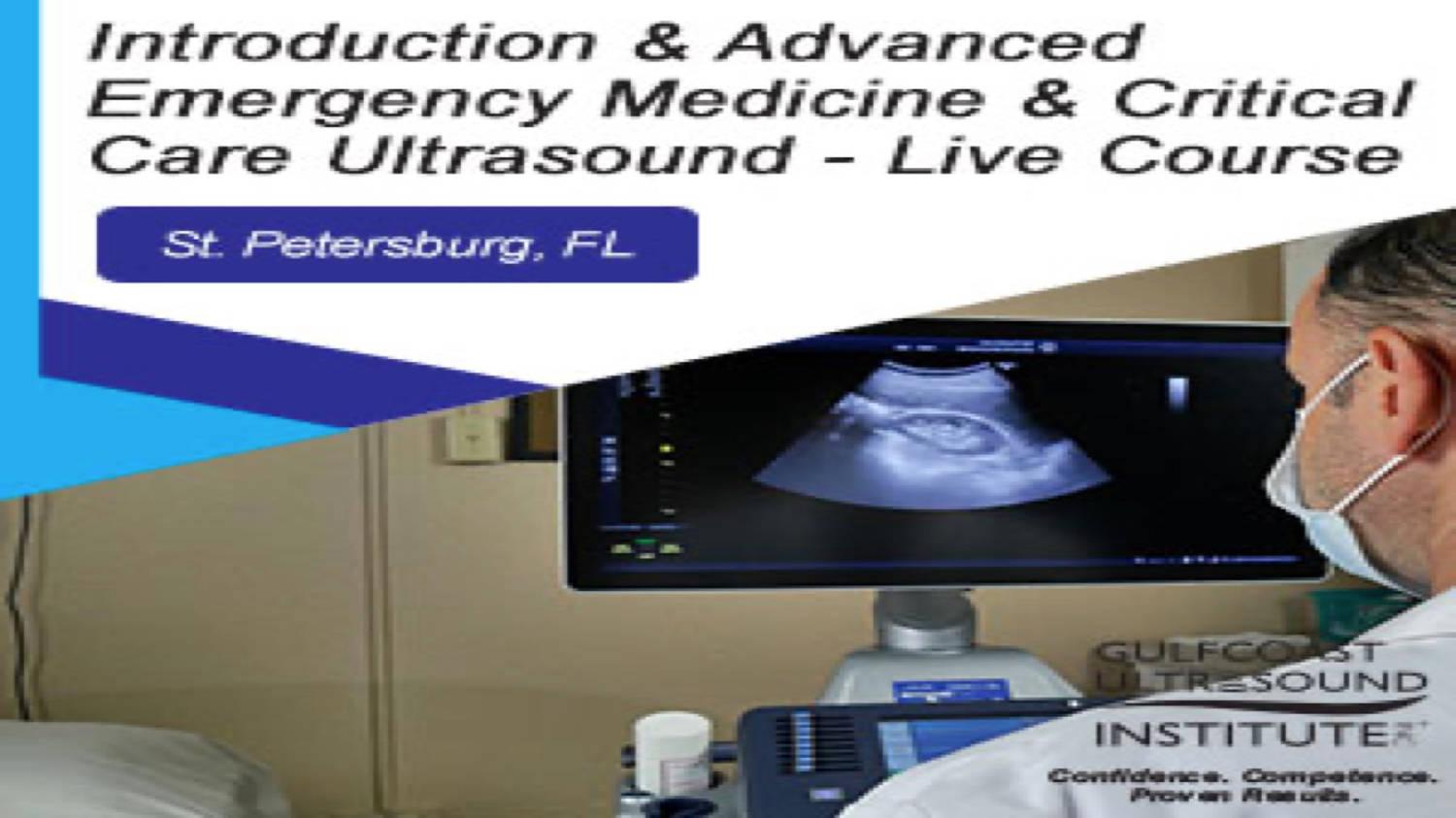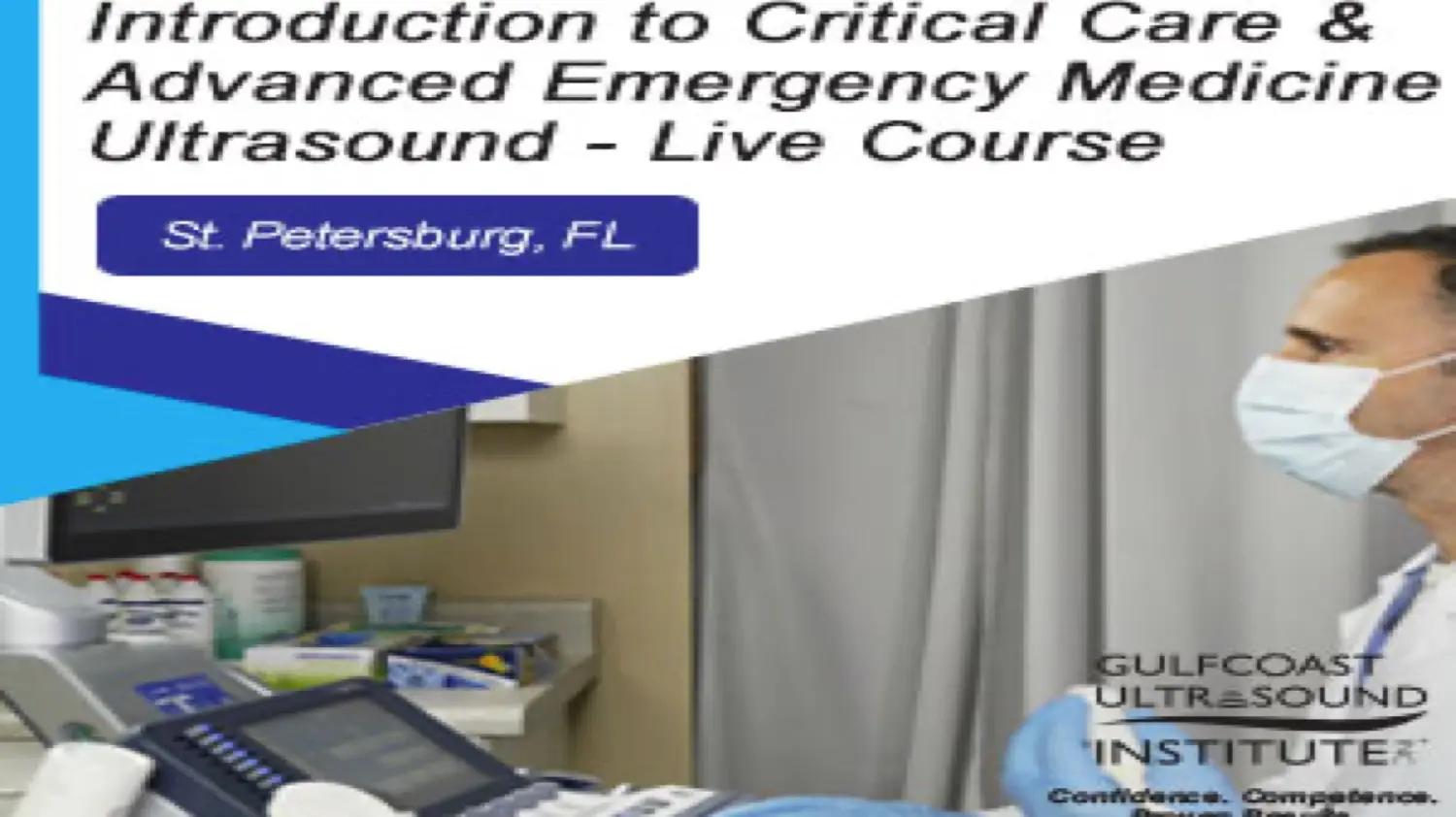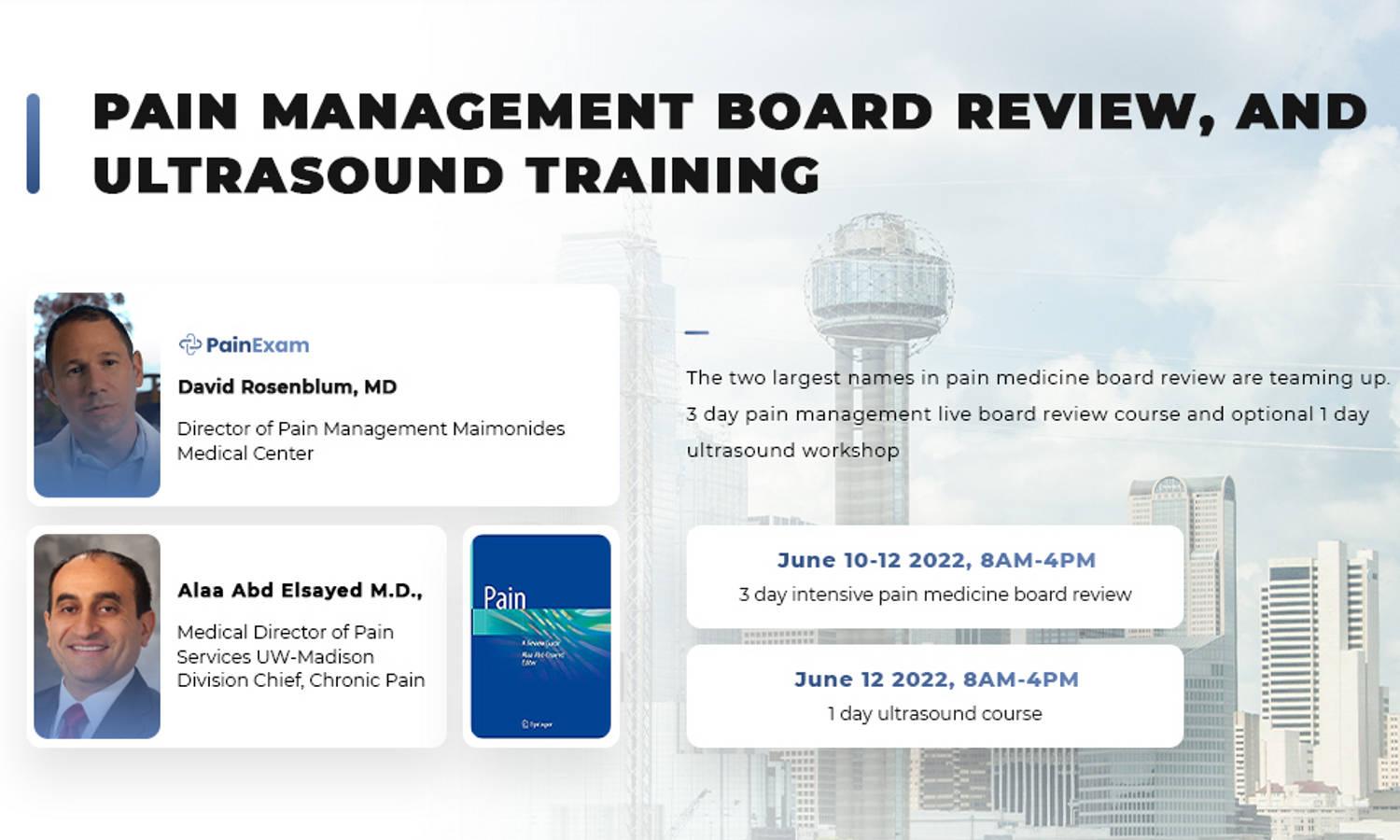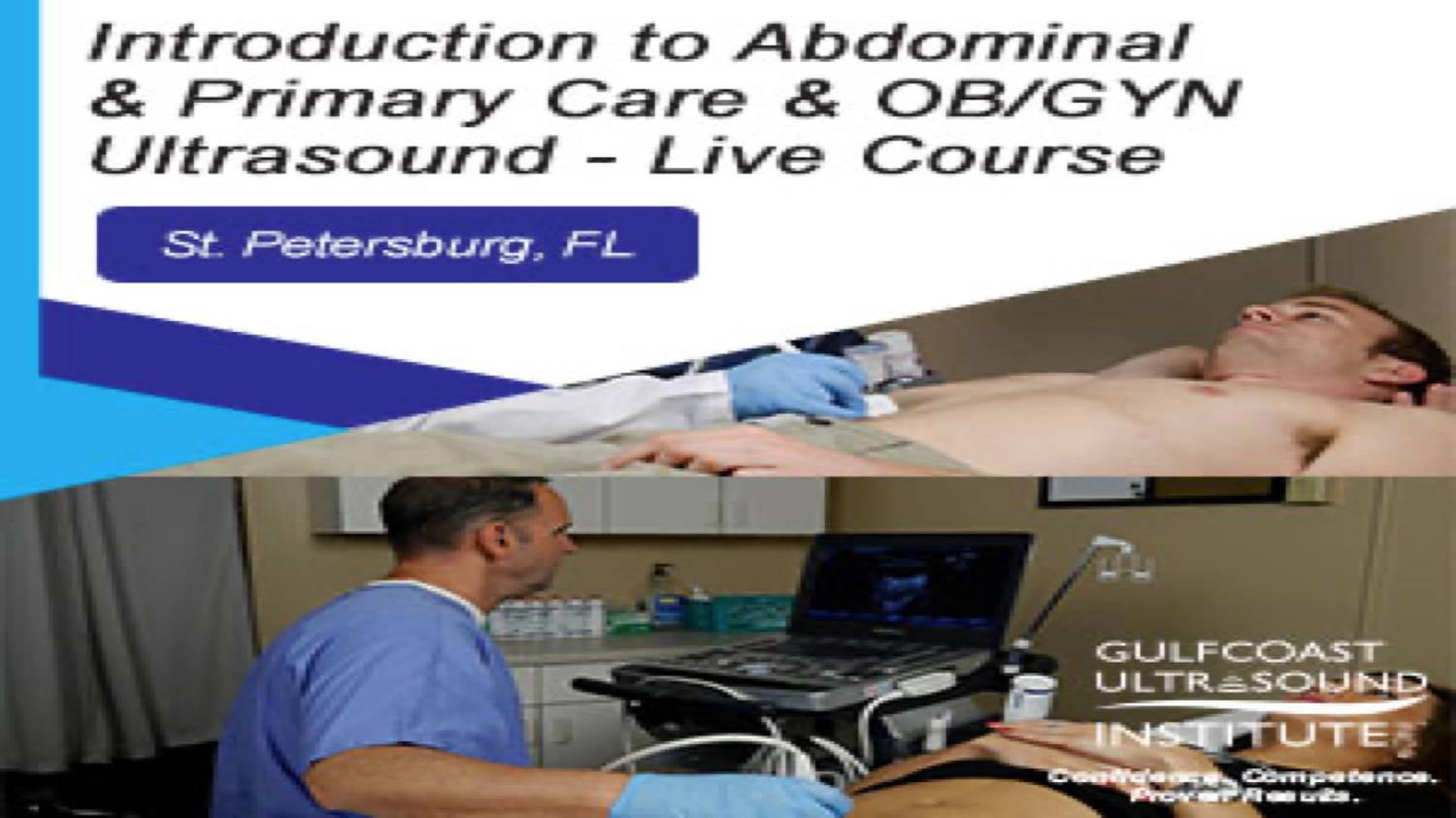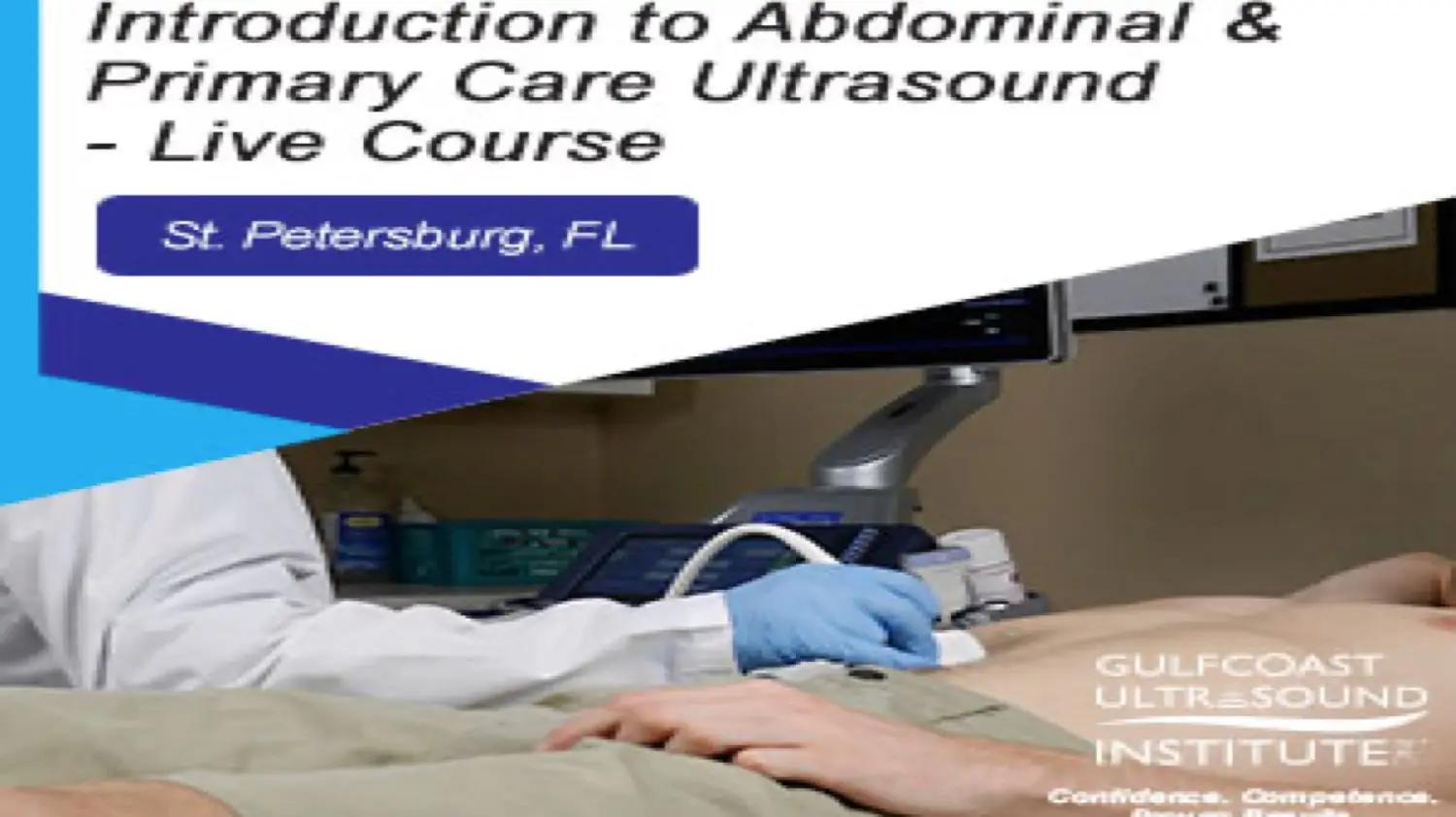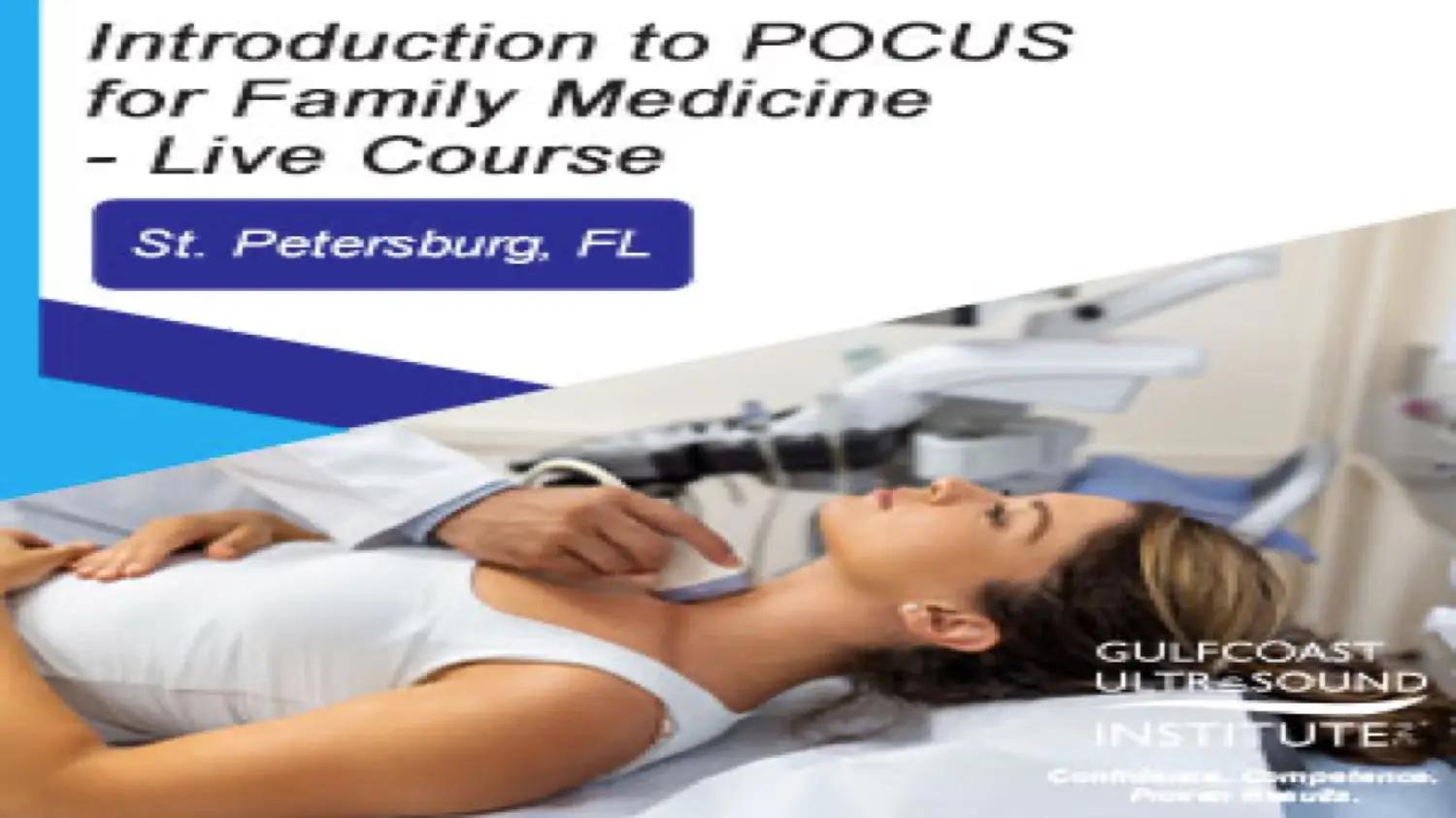
Emergency and POC Ultrasound for ER Physicians, Hospitalists, Nurses, and Paramedics (Jul 13 - 14, 2024)
Emergency and POC Ultrasound for ER Physicians, Hospitalists, Nurses, and Paramedics is organized by Keith Mauney & Associates (KMA) Ultrasound Training Institutes and will be held from Jul 13 - 14, 2024 at The Las Colinas Hilton Homewood Suites Hotel, Irving, Texas, United States of America.
Who Will Benefit:
• ER & Hospitalist Physicians and all Allied Health Care Providers, including Paramedics
• Anesthesiologists & PACU Team: POC Ultrasound
• Primary Care/Internal Medicine Providers, including Endocrinologists: Targeted POC Ultrasound Screening
• Veterinary Medicine & POC Ultrasound
• Research & Medical Ultrasound Device Professionals
Course Description:
In a single weekend, you’ll gain authority with the instrument as you apply it to the FAST & RUSH exam protocols. Learn the proper technique to ensure one-stick ultrasound-guided vascular access. This is far more in-depth than the training your colleagues got during their Residency and your post Class support continues in perpetuity.
The most in-depth hands-on training for POC ultrasound possible in as brief a time. Class size is microscopic and held at the bedside, with careful supportive guidance for any specialty or experience level. Saturday evening, the on-site Scan Lab is accessible for your independent practice, on yourself or class peers. Your tactile experience alone will give you a vast head-start when you return, and comprehensive course materials will guide you through all the elements of acoustic physics and instrumentation. The Point of Care Ultrasound Academy is ready to credential you in multiple procedures, each of which is now reimbursable. Your real savings will come in the form of time saved, more immediate & confident decision making, and improved production & outcomes.
Topics:
The class is strictly small so we can spend time on the topics we need to cover and all the ones you want to discuss:
• Putting together the complete echo protocol: nothing left behind
• The one simple thing that will take three years off your learning curve and add a decade to your career.
• The secret to quickly getting every standard echo view without having to think.
A simple six-step method to understand spectral and color Doppler completely.
• Wall motion and thickening: what really matters and when it counts most.
• LV function measurements completely explained and clinically connected.
• Everything the physician needs to know about the right ventricle and how to find it.
• Valvular stenosis and regurgitation: uncovering the likely mechanism and determining its significance.
• The most accurate means to evaluate valvular regurgitation that complements the cath lab’s record.
• The earliest clues to subjectively detect and/or measure pulmonary hypertension.
• How the aortic valve can lead to renal failure: the illustrated story behind interactive cardiac dysfunction.
• The four things to assess below the diaphragm in every cardiac patient.
• Techniques to overcome body habitus and air: the secrets you might not have even thought of.
• How to analyze and document every pathologic finding: taking the right steps, using the right words.
• How to think your way through any Registry Exam question you might ever face.
• Next steps: How to reenter your workplace and maximize your next six months in the Field.
Objectives:
Our approach is totally focused on the patient diagnosis. We are deeply familiar with virtually every ultrasound machine and the manufacturer’s rationale behind its design, features, and functions. No faculty members have any commercial interests or participation that might influence course content.
There is no formal test in this class: we evaluate you continuously and offer positive feedback and gentle corrections throughout. Upon completion of this activity, and through continued review, you should be able to:
• Follow a systematic protocol for assessment of each of the following:
? peri/intrahepatic and splenic fluid
? tamponade & differentiation of hemopericardium
? localization of pneumothorax, pleural fluid, and/or consolidation
? global and regional myocardial function
? valvular stenosis & regurgitation
? normal vs. elevated CVP
? estimation of PA systolic pressure
? hepatic and portal venous hypertension
? biliary lithiasis and CBD obstruction
? renal assessment: hydronephrosis, lithiasis, and ureteral patency
? acute extracranial carotid occlusion
? Large vessel DVT
? venous and arterial vascular access
• Demonstrate the optimal tactile and ergonomic probe grasp to maximize manual dexterity and minimize MSK injury.
• Apply a full-visual-field approach to tap the subconscious power of conspicuity to identify soft tissue and motion abnormalities immediately.
• Identify, resolve, and avoid ultrasound artifacts and verify all findings using a tri-planar protocol.
• Optimize image and Doppler controls unique to any organ or site.
• Perform a visual inspection of the machine to identify and potential electrical- or bio-hazard.



